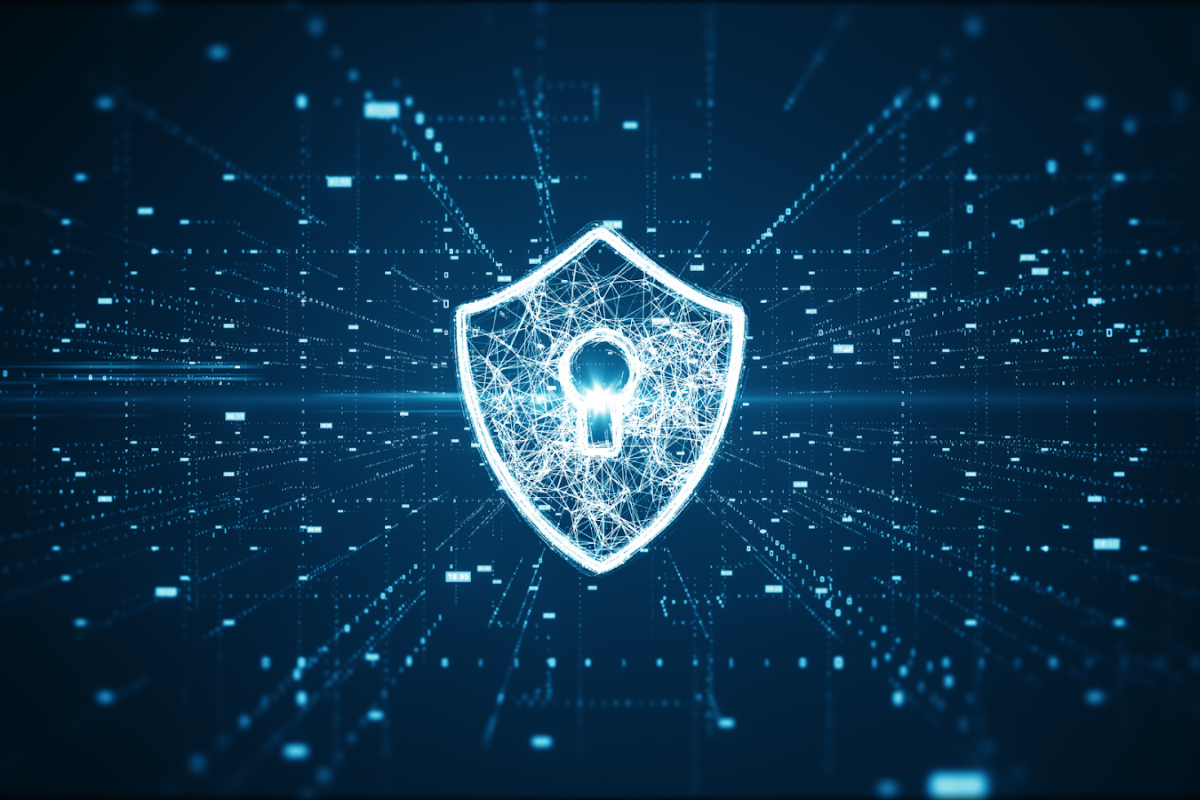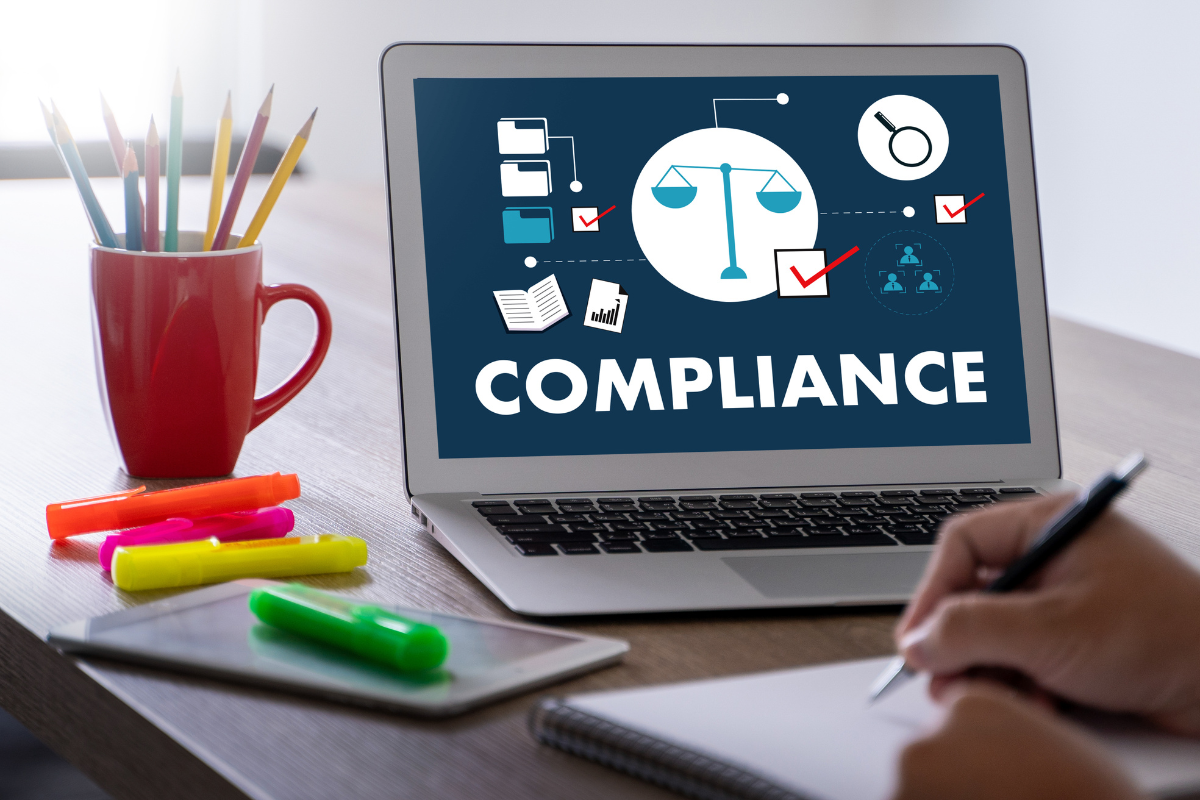Much like a book-to-film adaptation can disappoint by straying from our mental imagery, data breaches shatter trust by exposing the private details we believed were secure.
To stay one step ahead of cybercriminals, it’s crucial to have tough security in place and a quick-action response plan for when data breaches occur.
Now more than ever, with cyber crooks stepping up their game, everyone’s at risk of data breaches – from your everyday Joe to the biggest players in business.
As hackers get craftier, we’ve got to step up our game with sharper security measures and smart action plans. As cyber threats evolve, businesses must vigilantly strengthen their data security.
Table of Contents
ToggleUnderstanding Data Breaches
A data breach occurs when unauthorized individuals gain access to sensitive or confidential information.

Exposed in these breaches could be everything from someone’s social security number to a company’s trade secrets.
Cybercriminals use security system flaws, advanced hacking tactics, or phishing and social engineering to attack unsuspecting victims.
Common Causes of Data Breaches
- Weak Passwords: Still, it’s those easy-to-guess passwords and the habit of using the same one everywhere that often lead hackers right to our digital doorsteps, sparking major security meltdowns.
- Phishing Attacks: Social engineering tactics, like phishing emails and deceptive websites, trick individuals into revealing sensitive information.
- Malware and Ransomware: Malicious software can infiltrate systems, compromising data integrity, or encrypting files for ransom.
- Unpatched Software: Failure to update and patch software regularly leaves systems susceptible to exploitation through known vulnerabilities.
Prevention Strategies
1. Encryption
Implement end-to-end encryption to protect sensitive data both in transit and at rest. This ensures that even if unauthorized access occurs, the information remains unreadable.
2. Regular Security Audits
Conduct regular security audits to detect vulnerabilities in systems, networks, and applications. Regular audits let companies fix issues before hackers can use them.
3. Employee Training
Train employees on cybersecurity best practices, emphasizing the importance of strong passwords, recognizing phishing attempts, and following secure protocols.
4. Access Control
Implement strict access control mechanisms to ensure that staff only have access to the information required for their roles. Regularly review and update access permissions.
5. Network Security
Set up firewalls and intrusion detection systems to keep an eye on your network traffic, making sure only the good stuff gets in and out.
6. Patch Management
Regularly update and patch software to address known vulnerabilities. Automated patch management systems can streamline this process.
7. Multi-Factor Authentication (MFA)
Require multi-factor authentication for accessing sensitive systems and data. Multi-factor authentication ramps up our defense, adding a robust layer that passwords alone can’t match.
8. Incident Response Plan
Develop and regularly test an incident response plan to ensure a swift and coordinated response in the event of a data breach.
Your incident response plan needs to clearly outline the steps for effective communication, thorough investigation of the breach, and legal compliance.

Effective Response Strategies
1. Identification and Containment
Act swiftly to identify and contain the breach once it is discovered. Quickly corner off the impacted sections, pull the plug on any infiltrated accounts, and bolster your network’s security.
2. Forensic Analysis
Dig into the breach with a fine-tooth comb to pinpoint exactly how it happened, what info got snagged, and just how far the damage goes.
Dig into how the breach happened, pinpoint exactly what info got snatched, and gauge the full brunt of the damage.
3. Notification
Comply with legal requirements for notifying affected individuals and relevant authorities. Maintaining open and honest communication builds trust.
4. Communication
Develop a communication plan to keep stakeholders, including employees, customers, and the public, informed about the breach. Clearly communicate the steps being taken to address the situation.
5. Data Recovery
Work towards recovering lost or compromised data. To get back lost or hacked data, companies may need to restore from backups, unlock files encrypted by ransomware attacks, or take other steps to recover the information.
6. Post-Incident Analysis
Conduct a post-incident analysis to understand the lessons learned from the breach. Pinpoint how to toughen our digital armour, level up our team’s know-how, and fine-tune our emergency game plan.
Rotating Proxies
One advanced measure that organisations can implement for enhanced cybersecurity, especially when dealing with online activities, is the use of rotating proxies.
Rotating proxies keep your online identity under wraps by frequently switching up your IP address, beefing up both the privacy and defence of your internet ventures.
Rotating proxies are your go-to defence, making it tough for hackers to track you down or launch those overwhelming attacks that could take your systems offline.
Rotating proxies make it difficult for hostile actors to follow users or conduct targeted attacks using static IP addresses.
By constantly switching up IP addresses, rotating proxies beef up internet safety and cut down the risk of unsanctioned intrusions and data theft.
Switching up IP addresses keeps things secure, which is super key for groups deep into web scraping or data mining since they’re always chatting with outside servers.

Safeguarding Digital Trails
By safeguarding our digital trails, VPN services let us sidestep the boundaries set by online regional restrictions with ease.
Alongside the nifty trick of switching proxies, using a VPN can seriously beef up your online defence, keeping your private stuff under wraps when you’re surfing the web.
VPNs establish safe, encrypted connections between a user’s device and a remote server, essentially hiding the user’s IP address while encrypting data transfer.
This ensures that even if a user connects to unsecured or public Wi-Fi networks, their online activities remain private and secure.
If you’re serious about keeping your online life private, a VPN is a must-have to shield your info from prying eyes.
By funneling your internet traffic through an encrypted passageway, a VPN keeps prying eyes off your personal data and thwarts any attempts at digital eavesdropping.
As the digital landscape evolves, the possibility of data breaches remains. Mixing tough prevention with smart reaction plans is key to keeping data safe and slashing breach damage.
Locking down your data with encryption, running regular security checks, teaching the team about cyber threats, and having a game plan for when things go south are key moves in staying safe online.
Using things like changing proxies and VPNs steps up our game in shielding against the rising cyber threats out there.
By staying sharp, ahead of the game, and clued-up, folks can navigate online complexities and dodge the pitfalls that lead to data leaks.
In the fast-paced world of cyber defense, staying one step ahead with a layered strategy is key to outsmarting savvy hackers.











